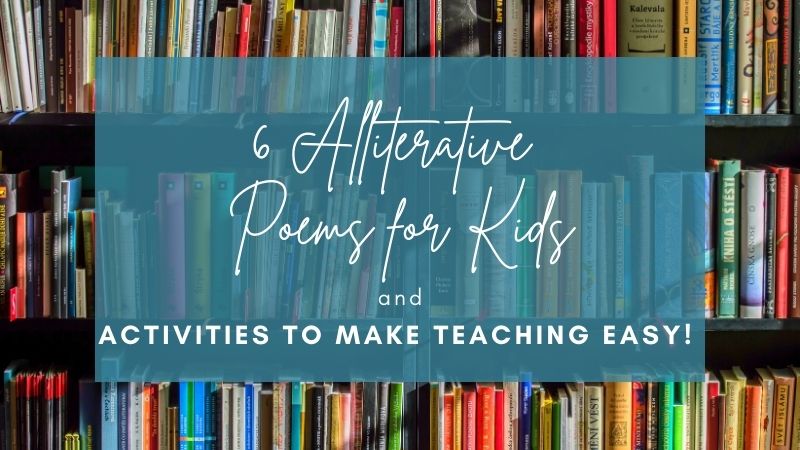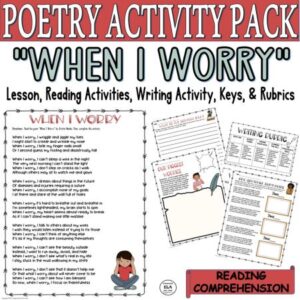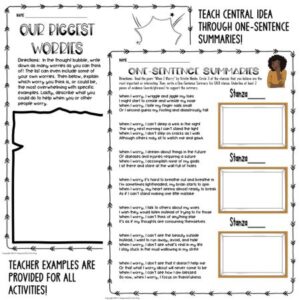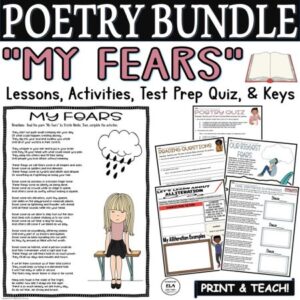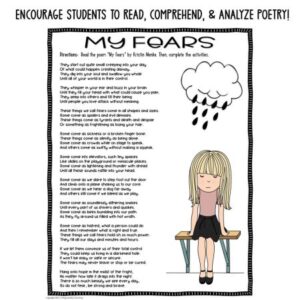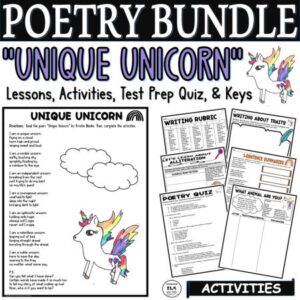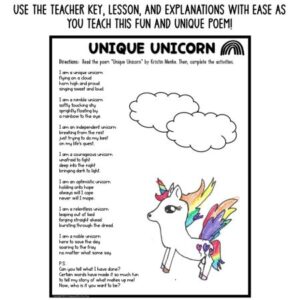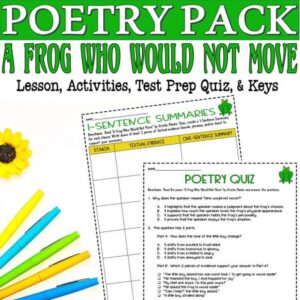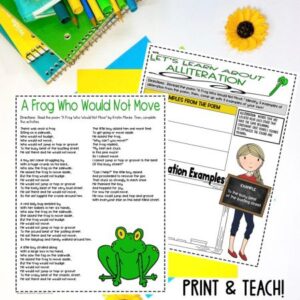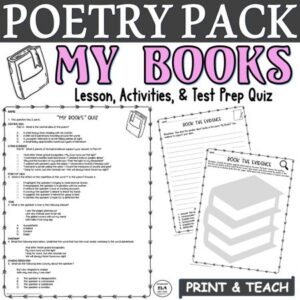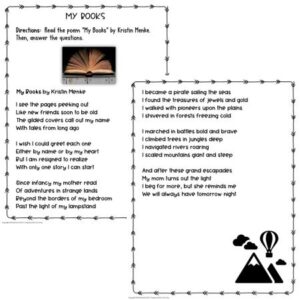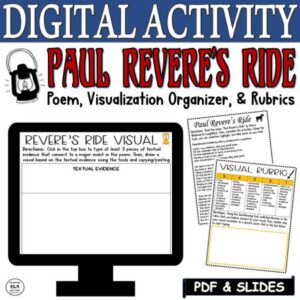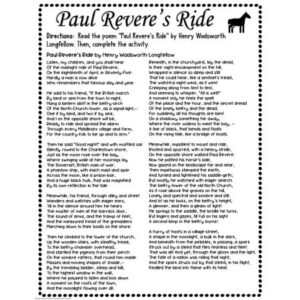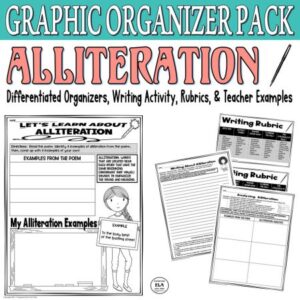Poetry is play, just with words rather than toys. The joy of play exists in poetry through its stories, structure, and use of rhyme, rhythm, and figurative language devices. And play (through poetry) can be a powerful learning tool! Poems for kids with alliteration can help with learning these ideas.
Figurative language can initially be a challenge for any reader, kids included! With practice, however, it becomes clear that figurative language adds detail and more description without being repetitive or redundant with word choice, especially when poems might be quite short. These devices also work to make connections between the writer, text, and reader so that the ‘bigger’ idea of a poem might be revealed through words and feelings acting together. And finally, figurative language can make a text more interesting and memorable to a reader.
One of the most widely used and easily accessible figurative language devices is alliteration. Alliteration is words that have the same beginning consonant (not vowel) sounds that are located near each other to emphasize sound and meaning.
Alliteration draws the reader’s focus to a particular word or series of words. This attention can then be analyzed to figure out its importance. In this way, alliteration provides a ‘hint’ to look for more meaning.
Alliteration is also used to establish rhythm and meter in a poem. Being wise to these patterns is useful for students who will later spend time analyzing more complex poetry or studying Shakespeare (himself a big fan of using rhythm and meter in his plays to evoke more meaning!).
This is why including poetry for play and study is essential for all ages. When students get to grades 4 through 6, they’ll have some experience with poetry but this is the time to narrow the focus. And one way to narrow the focus is to examine poems for kids with alliteration to help students develop their skills for analysis.
Need help with Test Prep? Check out this FREE Pack of 3 Test Prep Activities to help students achieve success on standardized tests!
Examples & Poems for Kids with Alliteration
To help you with your poetry journey in class here are 6 alliterative poems about a variety of topics that are suitable for grades 4 to 6. Each of these poems for kids with alliteration can be used for analysis, but they are also great for a myriad of activities beyond just alliteration. They can be used for summary practice, social-emotional learning, creative writing responses, and more!
The first poem is an original called “When I Worry” which focuses on what happens when someone worries. It examines the physical and emotional effects of worrying. In this poem, the focus is on the repetition of the title of the poem and then alliteration using words that also begin with ‘w’ such as “when I walk” and “wriggle my toes” and “wrinkle my nose” plus more. With this poem, students are encouraged to annotate in order to create one-sentence summaries of each stanza. The goal here is close reading to identify and explain the central idea of the poem. Click to get your copy of the poem and its activities.
The second poem, “My Fears,” outlines different fears kids might have, then it transitions to address how to cope with those fears. The 10-stanza poem features such alliterative examples as “buzz in your brain” and “some come as crowds while on stage to speak.” After working directly with the poem’s language by summarizing, students reflect on the alliteration and its meaning in the poem. As a final step, students can explore their own fears through visual or written expression. Using the poem and its activities can add more social-emotional learning to your classroom.
Want to read more about ways to teach poetry about fear? Click HERE to read!
Another one of the poems for kids with alliteration to focus on social-emotional learning and character is “Unique Unicorn.” This poem describes all kinds of ways that unicorns are unique and it does so in a way that students can connect to their own qualities too. The alliteration in this poem is tied to the descriptors of the unique qualities of the unicorn: “horn high” and “holding onto hope.” Students can summarize the poem’s individual stanzas, examine the use of alliteration, write some lines of their own, and then respond to the poem too! Click to get your “Unique Unicorn” activities to explore characterization.
“A Frog Who Would Not Move” is all about a frog who is stuck – literally – and needs help from others to join the fun. With lines like “busy beat of the bustling street” and “jocund beat of the jostling street” students can expand their vocabulary and read closely for textual evidence to support their understanding of the poem. This set of activities to accompany the poem includes close reading with comprehension questions, a poetry quiz, and summary activities.
Want to explore ideas for National Poetry Month? Click below!
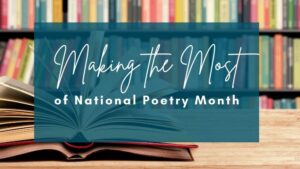
With “My Books” students explore where poetry and fiction can take a reader. Lines such as “the pages peeking out” and “beyond the borders of my bedroom” lead to a variety of scenarios such as walking with “pioneers on the plains” and shivering in “forests freezing cold.” Accompanying activities include a focus on the visualization of the poem as well as a close reading of it. In this series of activities, students can answers questions in full sentences or as part of a quiz in order to establish the central idea, the speaker, and the structure of the poem, among other topics!
And the final of the poems for kids with alliteration is “Paul Revere’s Ride” by Henry Wadsworth Longfellow, a classic poem from 1860 that fictionalizes Revere’s actions. Longfellow includes alliteration with lines like “Ready to ride and spread the alarm” and “Wanders and watches with eager ears” to draw attention to both Revere and those in the city on that April day in 1775. Use this poem to complement your study of the American Revolution, to practice close reading and visualization, and to answer questions modeled on state reading comprehension exams. Get your ready-made lesson for exactly this purpose.
No matter what poetry or literary texts you’re studying this year, you can use this bundle of alliteration graphic organizers to keep your students on track with figurative language, close reading, and more! Add the alliteration bundle to your teacher toolbox to save your time and energy this year!
Poems for Kids with Alliteration can be fun! Remember wordplay in poetry is play! Through that play and these six suggested poems for kids with alliteration, students will develop crucial skills to support their learning this year and in the years to come too.
Alliteration is a key feature of these poems but this figurative language device is found in more than just poetry. When students are familiar with the device they can begin to be savvy readers and watchers of different media such as songs and advertisements. The play with words they do now with these alliterative poems is sure to help them in the future!
Need more Poems for Kids with Alliteration? Check out my store Kristin Menke-Integrated ELA Test Prep!

